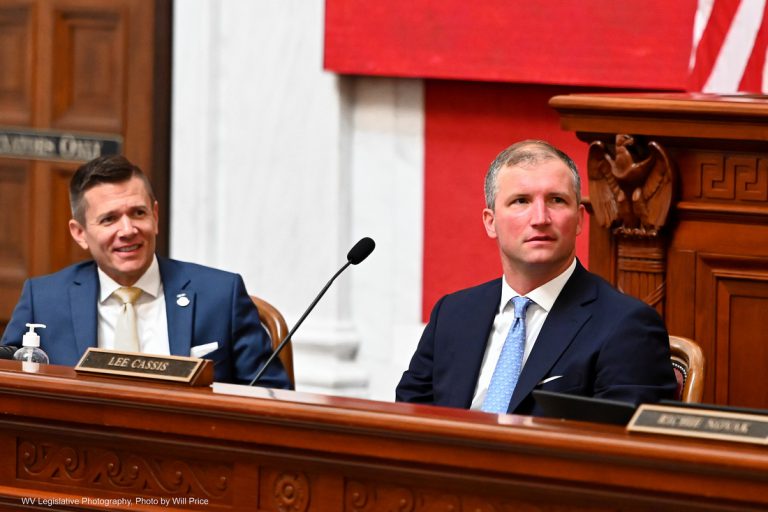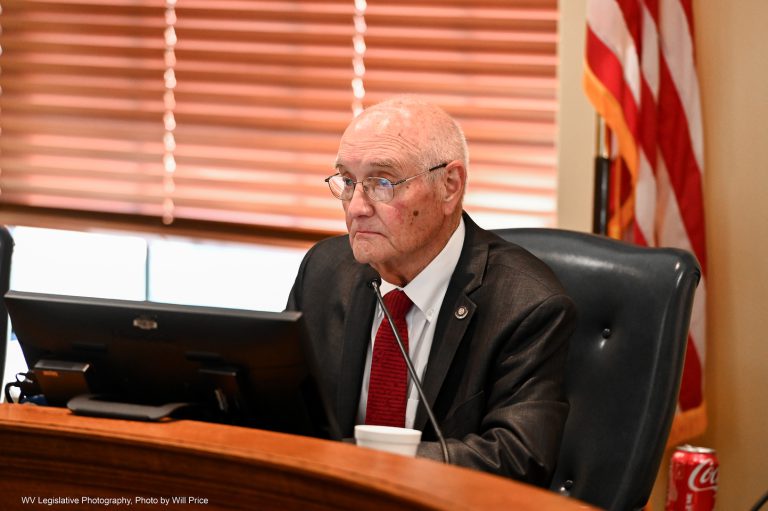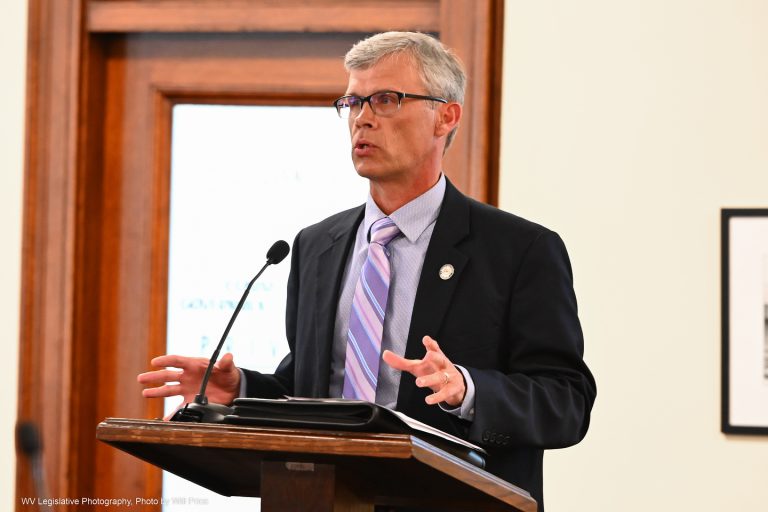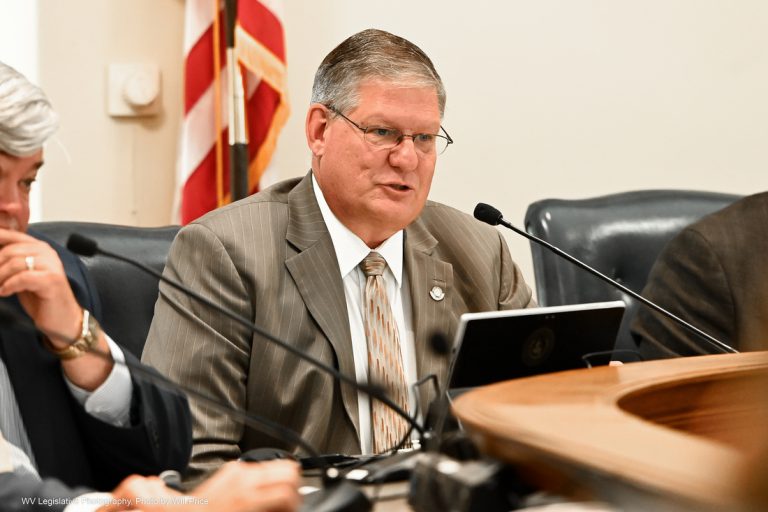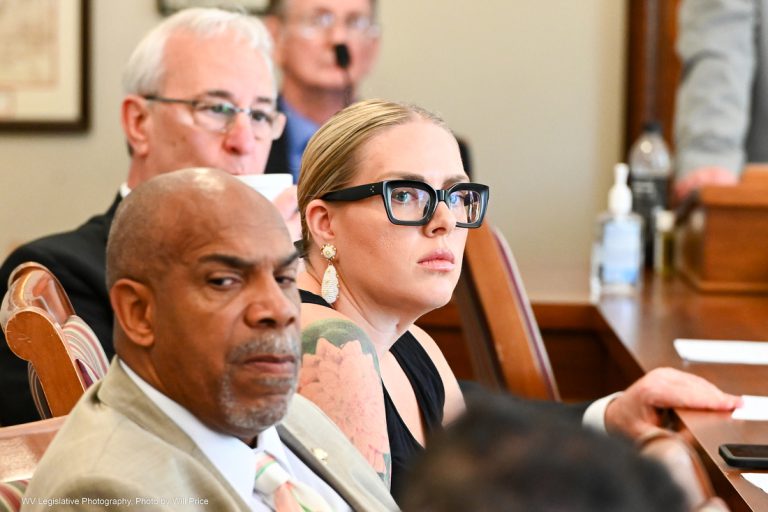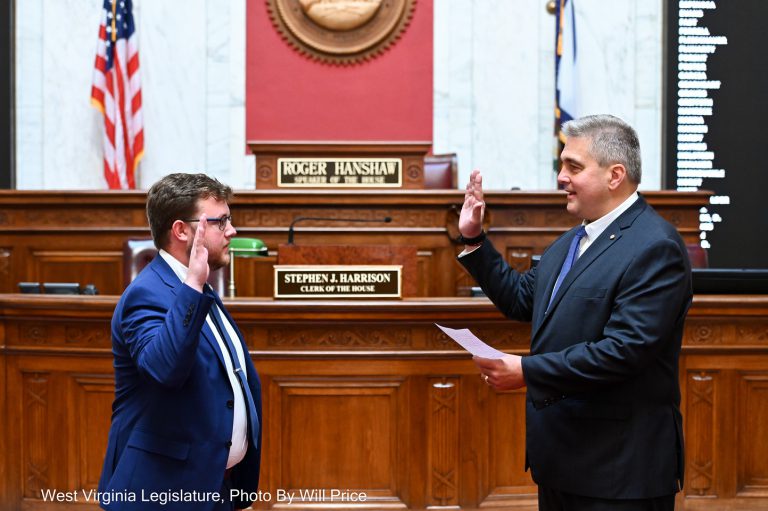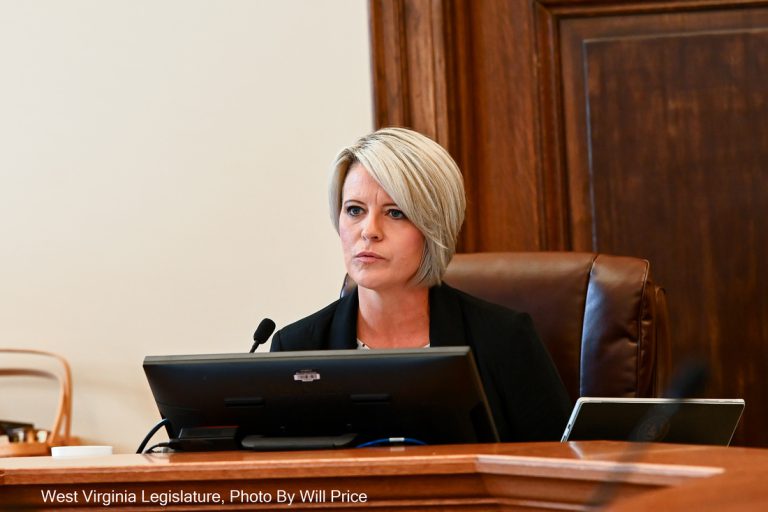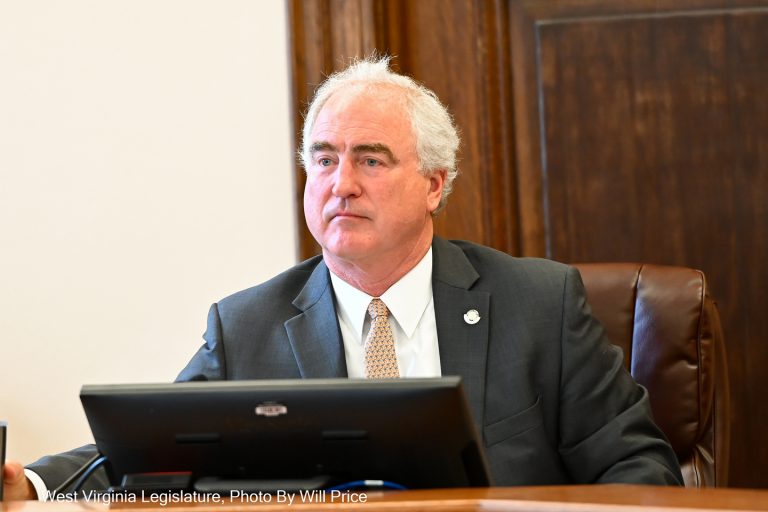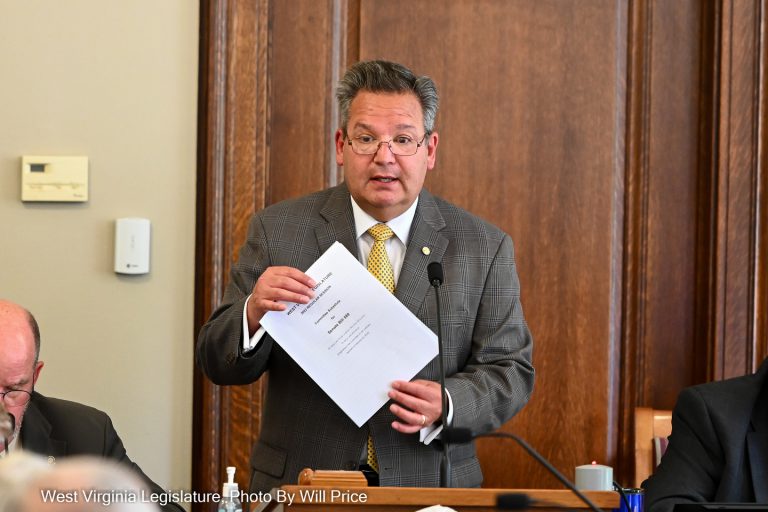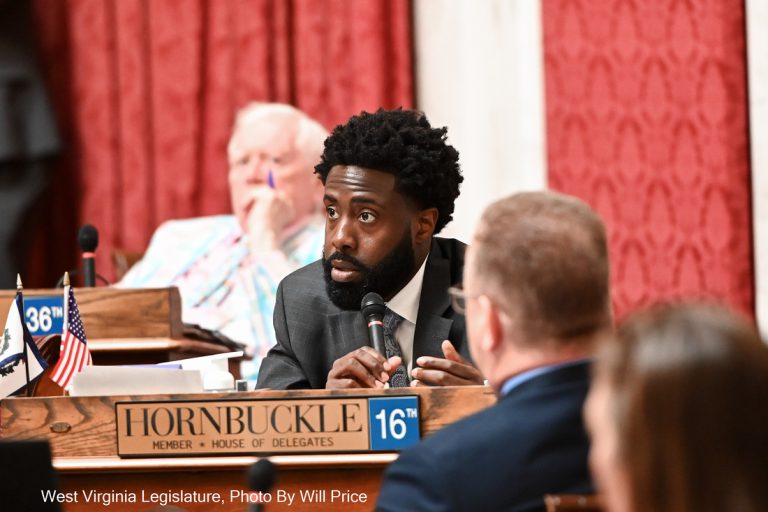The Joint Standing Judiciary Committee met on July 25, 2022 to hear a presentation on workload studies of West Virginia courts.
The Supreme Court of Appeals of West Virginia has contracted with the National Center for State Courts to perform three studies, two of which are Delphi studies and one that is a time and motion study. The Delphi studies take expert opinions from a panel of judges who process specific cases. They explain the time and work that goes into various types of cases. The Time and Motion Study requires judges to track all work, case and non-case related for one month. Then, weights are applied to various tasks. All tasks required to complete a case is added up. The more complex the case usually means a higher weight.
The Delphi Studies are studying workload for the magistrates and the family/circuit courts. These studies should be complete January 5, 2023. The Time and Motion study is on the family/circuit courts. The Supreme Court of Appeals plans to have it complete in July 2023.
These studies are being completed because of requests of the Legislature, as well as complaints from magistrates that the workload is too high. There have been issues in single magistrate districts when a judge must be recused from a case. Last year, there were about 585 recusals from magistrate, family, and circuit courts. If a judge in a single magistrate district is recused, it sets off an administrative chain to find a different magistrate and can cause the case to be moved.


